Exfoliation May Be the Secret to Glowing Skin, But What You First Need to Know
It can be the secret to skin that’s glowing — or skin that’s burning. Hone up on the basics with this quick and easy primer on exfoliation — from acids to stratum corneum — and never be red in the face again.
Exfoliation is as personal as religion for some people. There are some diehard scrub addicts, some devoted chemical junkies, and some abstinent non-exfoliators who are intimidated by the entire process, and they're all correct … sort of. Let me explain with this fast and easy primer.
What is exfoliation? Simply put, it's the removal of old, dead, or nearly dead skin cells. Our bodies are constantly shedding their skin cells to make way for the new ones underneath. Your skin cells are made of keratin, and they are what make up your epidermis. Keratinocytes are formed in the lowest layer of the epidermis (the outermost layer of our skin, the one that we can all see). Once formed they push their way to the surface, where they meet the elements and eventually die.
That very outermost layer of the epidermis is a dead layer called the stratum corneum (which, hilariously, is sometimes referred to as the horny layer, as that's its direct translation from Latin). The stratum corneum is what we're doing battle with when we exfoliate. Our bodies do get rid of those dead cells eventually, but usually in an uneven and slow-as-molasses way. Plus, some skins can sometimes become “asphyxiated,” with a net of dead skin cells trapping oil and bacteria underneath. Gross, right? Now you can see the appeal (or “a peel,” get it? Get it? Haaa, I'll see myself out) of exfoliation.
There are two main categories of exfoliation: either chemical or manual. Manual is exactly what it sounds like — you use manpower to get rid of your pesky dead skin cells. Chemicals let acids do the work, no manual work required.
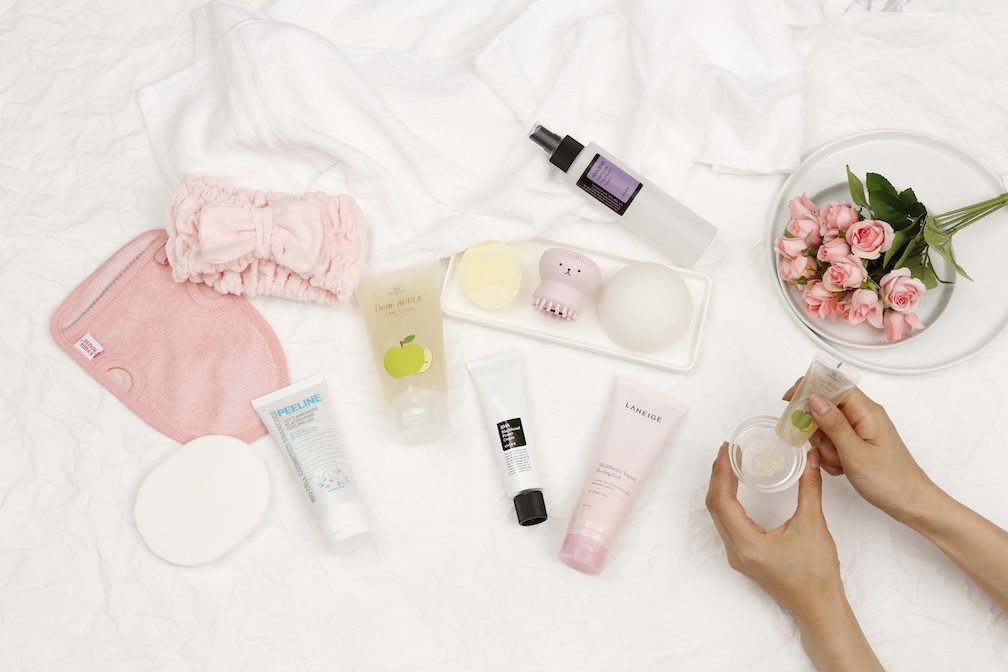
The chemical brothers
Chemical exfoliation can be achieved with a wide array of acids with an even wider array of strengths. The two main dudes you hear the most about these days are usually beta hydroxy acids (BHA) and alpha hydroxy acids (AHA). Depending on your primary directive, you can choose if you need an AHA, a BHA, or both.
AHAs
AHAs, like glycolic acid and lactic acid, are primarily used to fight the signs of aging, as they work to loosen those dead skin cells uniformly and let the shiny baby skin come through. This is especially good if you're targeting fine lines. A fine line is one that disappears when you spread your skin apart with your fingers. If it still remains when you stretch your skin you've got yourself a permanent deep line, and the only thing that's going to fix that is fillers — sorry 'bout it. Fine lines are also more prominent if your skin is dehydrated, which asphyxiated skin certainly is, so removing those pesky dead cells will help your skincare better penetrate and hydrate. AHA can also be used for the treatment of some acne.
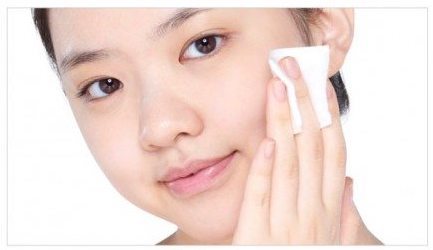
One thing about AHAs is that it increases your sensitivity to the sun. You've got all this new baby skin exposed, so the last thing you want are those devil UVA and UVB rays going ham on it. Because of this, a lot of people suspend their AHA use during the summer. It is imperative that you consistently use a quality sunscreen when treating your skin with AHAs. Imfreakinperative. Ya feel me?
AHAs can also be very irritating, so caution must be used when trying out a new one. Do a patch test on your skin before going whole-hog. When I say "skin," I specifically mean your face, as that skin behaves entirely differently than your tougher arm skin. Apply a thin layer somewhere inconspicuous on the face overnight to see how you do. If you see redness, swelling, or experience irritation and itchiness, hope that the store has a great return policy because that is not the product for you. But keep trying! There is such a variety of product out there that you are bound to find one that works for you.
BHAs
BHAs are your other option when it comes to chemical exfoliants. BHAs are a blackhead's worst nightmare, and your best friend if you're doing battle with them. BHAs can penetrate deep into the pore and dissolve all the gunk in there messing up your clear skin game. People with overly oily and acne-prone skin do especially well with BHAs.
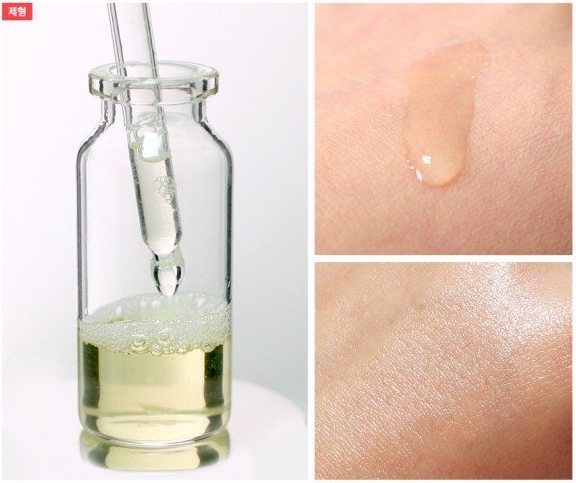
But don't let dry skin keep you away from all the awesome results BHA can offer. My dry loves BHA; I just have to be especially diligent with adding extra hydration to my routine. There are even some BHA products that have extra hydration in them to help those of us who aren't blessed by the sebum gods.
Another plus for BHAs are you can safely use them in the summer, as they don't increase photosensitivity. However, a warning to those of you with allergies to aspirin (and this is a big one): BHAs are salicylic acid, which is a derivative of aspirin. So if you are allergic to aspirin, definitely avoid all BHA skincare products unless cleared by your doctor.
Mix & match?
If you're wondering if you can use AHAs with BHAs, the answer is yes! But proceed with caution. Some skins may not be able to tolerate using both. Some people opt to use AHAs only every other day, some opt to only use them at night (due to the photosensitivity, amongst other reasons) while using BHAs during the day, and some only use them as little as a couple of nights in a week.
I personally alternate my routine. I'm currently using an AHA (lactic acid, specifically) at night, followed by my BHA. I worked my way up to tolerating that much acid, and it was a long process. For those of you wanting to try this method of using both in an AM or PM routine, AHA should be applied before BHA. An easy way to remember is “A” comes before “B” in the alphabet and also for your face! Another important note is that each should sit on the skin for 15-20 minutes before moving on to your other steps. For example, I do the following:
Low pH cleanser > pH adjusting toner > AHA (wait 15 mins) > BHA (wait 15 mins) > Serum > Emulsion > Cream
A case for manual exfoliation
Some people either cannot tolerate chemical exfoliants, don't care for them, or just plain don't have the patience for them. There are as many ways to manually exfoliate as there are chemically. The most ubiquitous is the scrub. This is also the one I recommend the least. As satisfying as a good scrub is, it's also exceedingly easy to damage the skin with one. Scrubs touting themselves as "all-natural" are usually the worst offenders, as organic scrub material such as nut shells can cause microscopic tears in the skin, allowing for infections to occur. They can also very easily strip the skin and lead to moisture barrier damage, which is the cardinal sin against your skin.
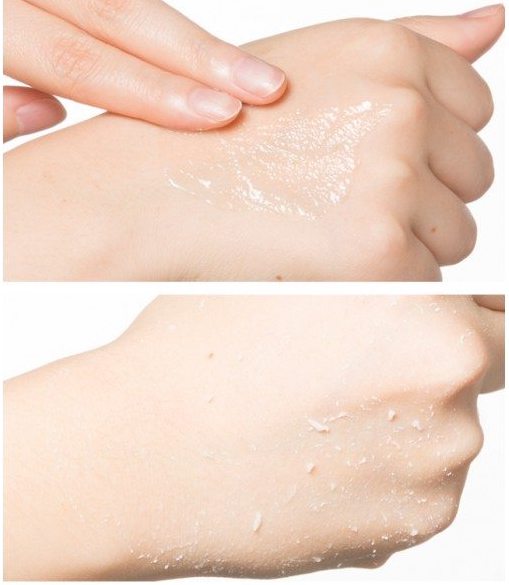
My favorite way to manually exfoliate is with the scrub's gentler cousin, the gommage. These are usually called "peeling gels" in Korean beauty. These gels may contain trace amounts of chemical exfoliants, but it's the manual scrubbing that gets you the results. Peeling gels pill up and create little balls as you “scrub” in circular motions. Those little balls knock up the dead skin cells and then collect them as you work them around. They're then rinsed away along with the gel. Because this is a gel, there's a bit of lubrication between your skin and the scrubbies, unlike harsher scrubs. As with any scrub, I highly recommend you only use your ring and pinky fingers to do the scrubbing, as these are the fingers with the least strength. Your skin really does not need your full force gorilla strength applied to it. Baby that skin always!
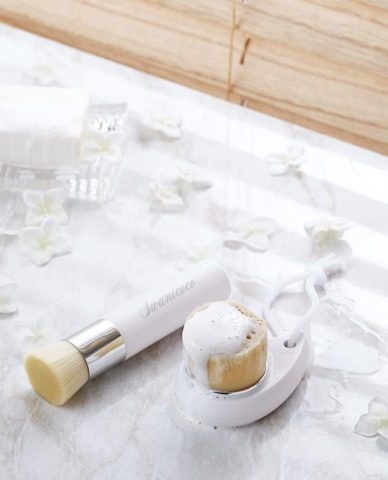
A great way to achieve manual exfoliation is via an awesome variety of Korean beauty tools. Brushes are probably the most popular example. The ultra soft bristled brushes come in both manual and electric versions and are available at all price points. These brushes not only clean your skin, they also serve to help loosen those clinging cells and brush them away.
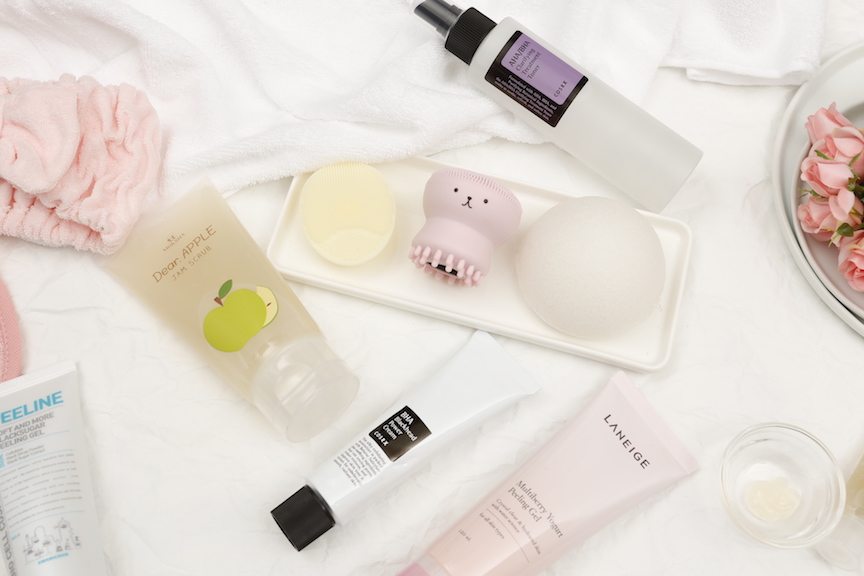
Another alternative are silicone scrubbies. These are used in conjunction with your cleanser and either attach to the ends of your fingers, are held in your palm, or are even attached to the other side of a bristle brush. To use these silicone scrubbies, gently massage your face in a circular motion as you would with any scrub. These are especially great to use on the tougher nose skin to loosen blackheads, especially if you're using it with a BHA. Now this is about the only example of using a chemical and manual exfoliation I can endorse, as usually it's one or the other. Your skin just doesn't need both; that's much too taxing on such a delicate surface.
One more product you might have heard of are konjac sponges. These had their heyday around 2013 but have been around forever. They're made of dried plant-derived material and become squishy like a sponge once wet and retain just enough fiber-y feel to gently exfoliate while cleansing. They are also known for making mounds of bubbles and foam out of an otherwise boring cleanser.
Or just leave it alone
There are some cases where I would recommend a hands-off approach to your skin and leaving it alone. Some skins are incredibly reactive and sensitive, turning red and angry with any sort of manual or chemical stimulation. This condition may be temporary, like when you're suffering from a chemical burn or sunburn, or may be permanent. There are also certain skin conditions that can be exacerbated by exfoliation, such as rosacea. In cases such as these, please consult your dermatologist and just focus on hydration, calming, and pampering your delicate skin.
This exfoliation guide was meant to be a fast and easy primer, so please read deeper into exfoliation and how to safely work it into your skincare routine. The Asian Beauty and Skincare Addiction reddit have wonderful primers on exfoliation that I encourage you to look into (here and here).
Exfoliation is an incredibly nuanced and personal thing with no one-size-fits-all answers. So if you want to get to exfoliatin', get to readin'!
How do you get your exfoliation on, if at all? What exfoliants does your skin love (or hate), and what products have worked for you? (Don't forget to include your skin type!)
Loading...